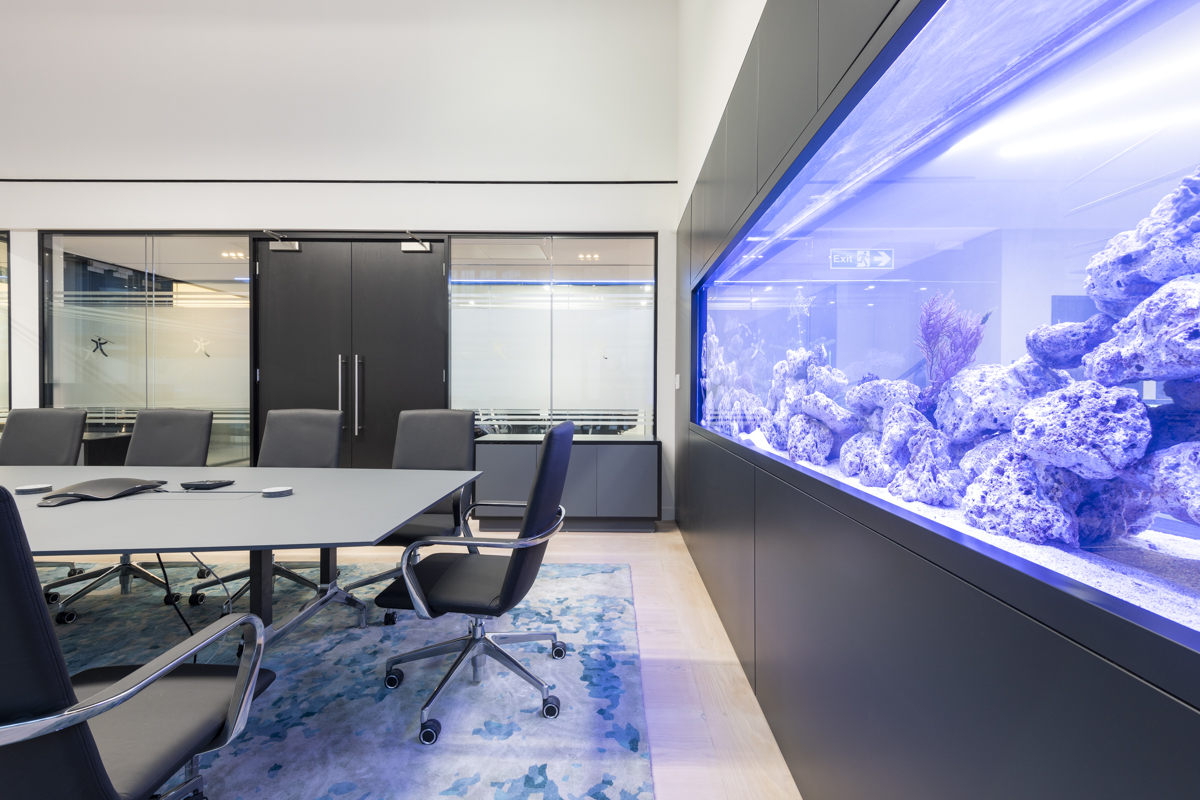
Contents
- What is Workplace Experience?
- The Evolving Landscape of Workplace Experience
- Understanding and Designing the Workplace Experience
- Why Workplace Experience Matters for Businesses
- Key Trends Shaping Modern Workspaces
- Enhancing Workplace Experience Through Office Refurbishment
- The Role of Office Furniture in Workplace Experience
- Designing for a Greener Workplace Experience
- A Practical Guide to Office Fit-Outs and Refurbishments
- K2 Space: Your Partner in Creating Exceptional Workplace Experiences
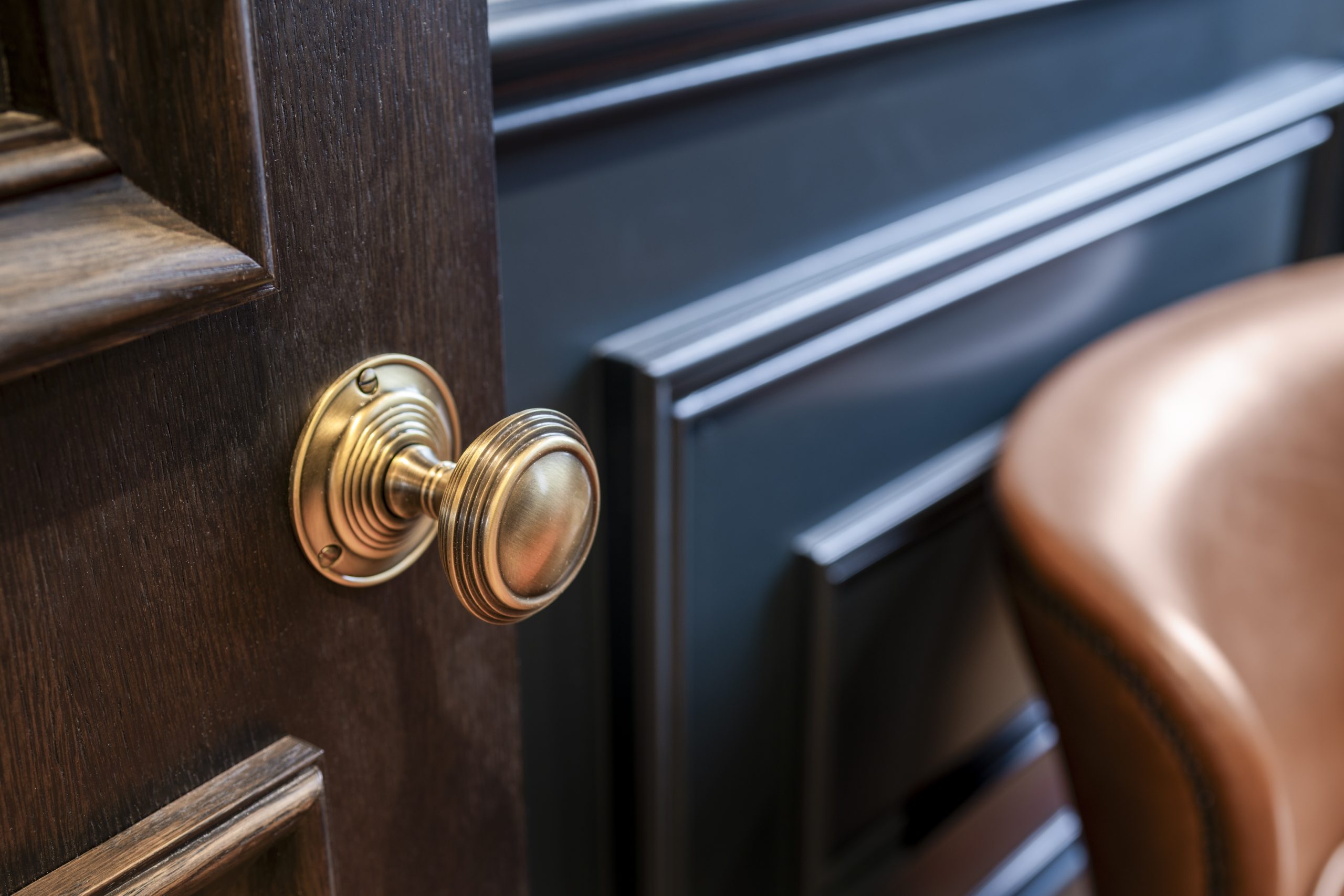
What is Workplace Experience?
Workplace experience can be defined as the holistic sum of all interactions and touch points that employees encounter within their work environment. It’s the totality of thoughts, feelings, emotions, and lived experiences people have throughout their workday, shaped by how the objects and environments around them resonate.
This encompasses not just the physical office space—with its layout, design, lighting, temperature, and amenities—but also the digital tools and technologies employees use, the prevailing corporate culture, and the relationships they foster with colleagues and management. One personal perspective defines it as “the collection of feelings a person has throughout their day about their workplace environment”. This highlights the crucial emotional dimension and its direct link to how employees perceive their work life.
The key components contributing to workplace experience are diverse and interconnected:
- Physical Environment: Office layout, design, lighting, acoustics, temperature, air quality, and amenities form the tangible foundation.
- Cultural Environment: Company values, beliefs, social dynamics, leadership style, and sense of community shape how employees feel about their work and colleagues.
- Workplace Technology: Hardware, software, digital tools, connectivity, and IT support play a vital role in enabling productivity, collaboration, and seamless workflows.
- Leadership and Management: Effective practices influence employee morale, provide support, and foster a positive atmosphere.
- Learning and Development: Opportunities demonstrate a commitment to employee growth and skill enhancement.
- Work-Life Balance: Support for flexibility and well-being is crucial.
- Employee Engagement: Enthusiasm and commitment levels are both components and outcomes of the experience.
- Diversity, Equity, and Inclusion (DEI): Ensuring all employees feel valued, respected, and included is fundamental.
- Communication: Effective channels keep employees informed and foster community.
Some frameworks also consider broader aspects of the employee journey, like hiring, onboarding, growth, and off boarding, with people, technology, policies, and processes as key enablers.
While often used interchangeably, workplace experience and employee experience differ in scope. Workplace experience focuses more narrowly on the immediate physical and digital surroundings, daily interactions, and tools influencing engagement and well-being within the work environment itself.
Employee experience is a broader concept spanning the entire employee lifecycle, from recruitment to departure, encompassing culture, management, collaboration, compensation, and benefits. In essence, a positive workplace experience is a critical element contributing to a positive overall employee experience. By strategically designing and managing the workplace environment, companies can directly influence employee feelings and performance, impacting the broader employee journey and achieving desired business outcomes.
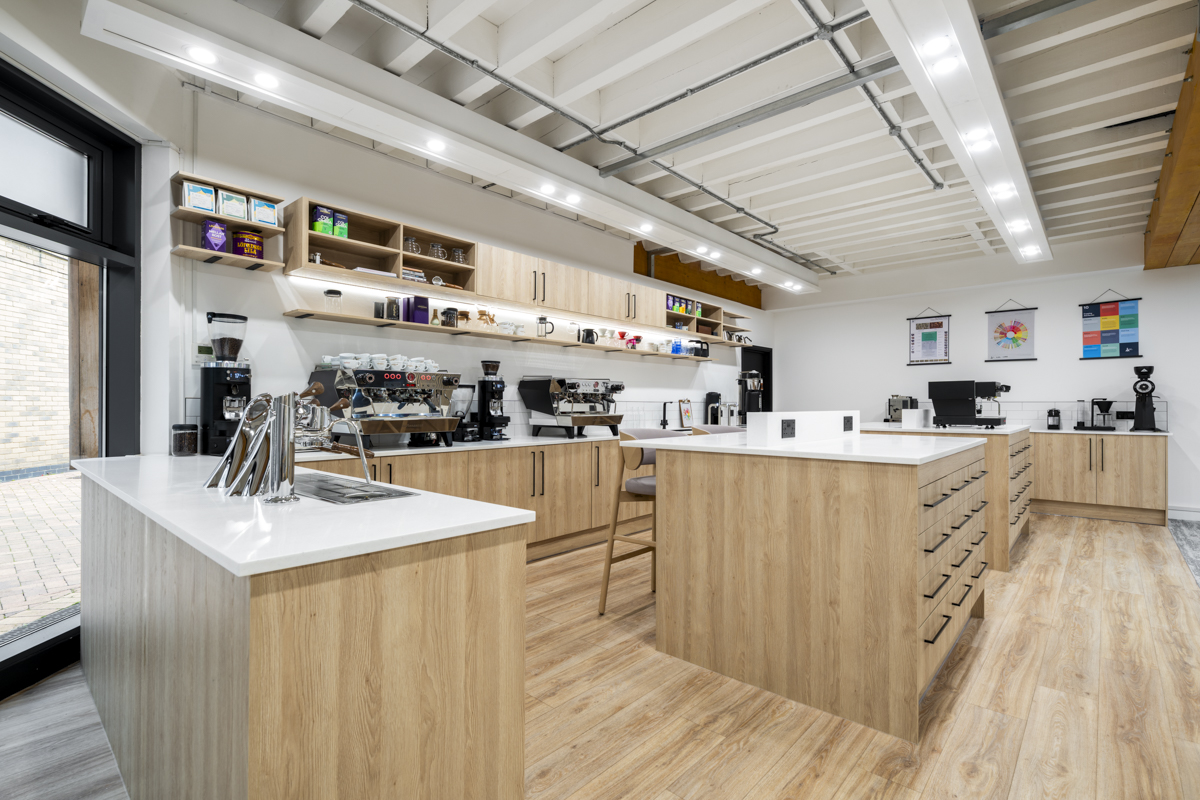
The Evolving Landscape of Workplace Experience
The business environment, particularly in dynamic centres like London, is characterised by its dynamism and intense competition. In thriving hubs, companies are increasingly recognising that their success hinges not only on their products or services but also on the well-being and productivity of their workforce. Consequently, the concept of “workplace experience” has emerged as a critical factor in achieving sustainable growth and maintaining a competitive edge. No longer viewed merely as an inflexible cost centre or a secondary consideration, the design and management of the workplace are now understood as strategic levers that directly impact employee satisfaction, talent attraction, retention, productivity, and ultimately, business outcomes.
For businesses operating in competitive environments, the challenge of attracting and retaining top talent is particularly acute. Where opportunities abound, employees have high expectations regarding their work environment. Companies that fail to meet these expectations risk losing valuable personnel to competitors who prioritise creating a positive and engaging workplace.
Understanding and investing in workplace experience is not merely a trend but a necessity for businesses seeking to thrive in a demanding market. A significant study highlighted this, indicating that a large majority of executives rated workplace experience as a critical issue to improve productivity and enable growth. This report examines how workplace design has evolved and why crafting a holistic experience – encompassing the physical layout, digital tools, company culture, and the emotional journey of employees – is crucial for modern office success.

Understanding and Designing the Workplace Experience
There are numerous articles, studies and research that look at the rationale and benefits of embracing a staff-centric workplace design, not least on this site where we have spoken about workplace wellbeing and why office design matters. What requires further focus is the emergence of the workplace experience as a concept and a driver of office design, and how increasingly companies strive to create work environments that cater to the needs of all staff, be they functional, personal or even emotive.
It’s not difficult to understand why this is the case as home and work lives continue to intertwine, coupled with technological advances that further blur any pre-existing boundaries separating the two. When we talk to clients about workplace experience, we often use the analogy of a hotel stay.
Consider how your experience as a guest – from entering the lobby through to viewing your room, using the facilities, having a meal, interacting with staff and finally checking out – is similar in many ways, albeit on a more subconscious level, to a staff member’s daily work experience. Exclusive hotels endeavour to map out their guest journey and identify potential pain points that could negatively impact their stay. This is essentially what organisations and office designers are implementing to determine the workplace experience, meticulously mapping out that journey.
While hotel guests can leave reviews critical to a hotel’s success on various travel sites, reviews from staff relating to their workplace experience are less straightforward. Understanding the current state requires, in our experience, a mix of surveys, interactive workshops, and interviews with team members. The output from these qualitative and quantitative methods helps paint a picture of the current experience, identify issues and pain points, and crucially allows office designers to make recommendations on how to improve the workplace experience through effective workplace design.
There is a wide variety of elements that influence the workplace experience, from the quality of tea, coffee and snacks on offer, to the ability to store bikes that staff use to commute, to offering spaces for quiet reflection or concentration as well as collaboration and catch-ups. Choice and flexibility really are key elements. Offering staff both can have a major positive impact on the work experience, so designing an agile workspace that incorporates a variety of spaces designed for different purposes – that are also attractive and comfortable – is paramount.
It’s also worth thinking about utilising those ‘third spaces’ abundant in many offices – areas like corridors or underused corners – and transforming them into small booths where staff can take calls or where they can find privacy to concentrate without distraction. Many companies have now adopted an activity-based working approach (including a variety of spaces that staff can choose to work from depending on the task), while others consistently reference it within briefs when moving to a new space or refreshing an existing workplace.
Our workplace design team absolutely encourages this but also emphasises that there is no ‘one size fits all’ approach when it comes to designing a workplace. The same can be said when mapping out a work experience – while both are intrinsically linked, our approach concentrates on defining the desired work experience first, and then designing a space that encapsulates that looked-for experience.
Defining the work experience is a collaborative process which involves high levels of engagement with staff. It can focus on noise levels, lighting, views, air conditioning, textures and finishes, office furniture, and so much more. By thoroughly understanding employees’ functional and emotional responses to their work environment, we believe companies can design and deliver positive experiences that support improved organisational performance. It is our belief that buildings and space matter, but people and their performance matter more. Great staff deserve a great place to work – somewhere they enjoy coming to and a space that they are proud to show clients and prospective new team members around.
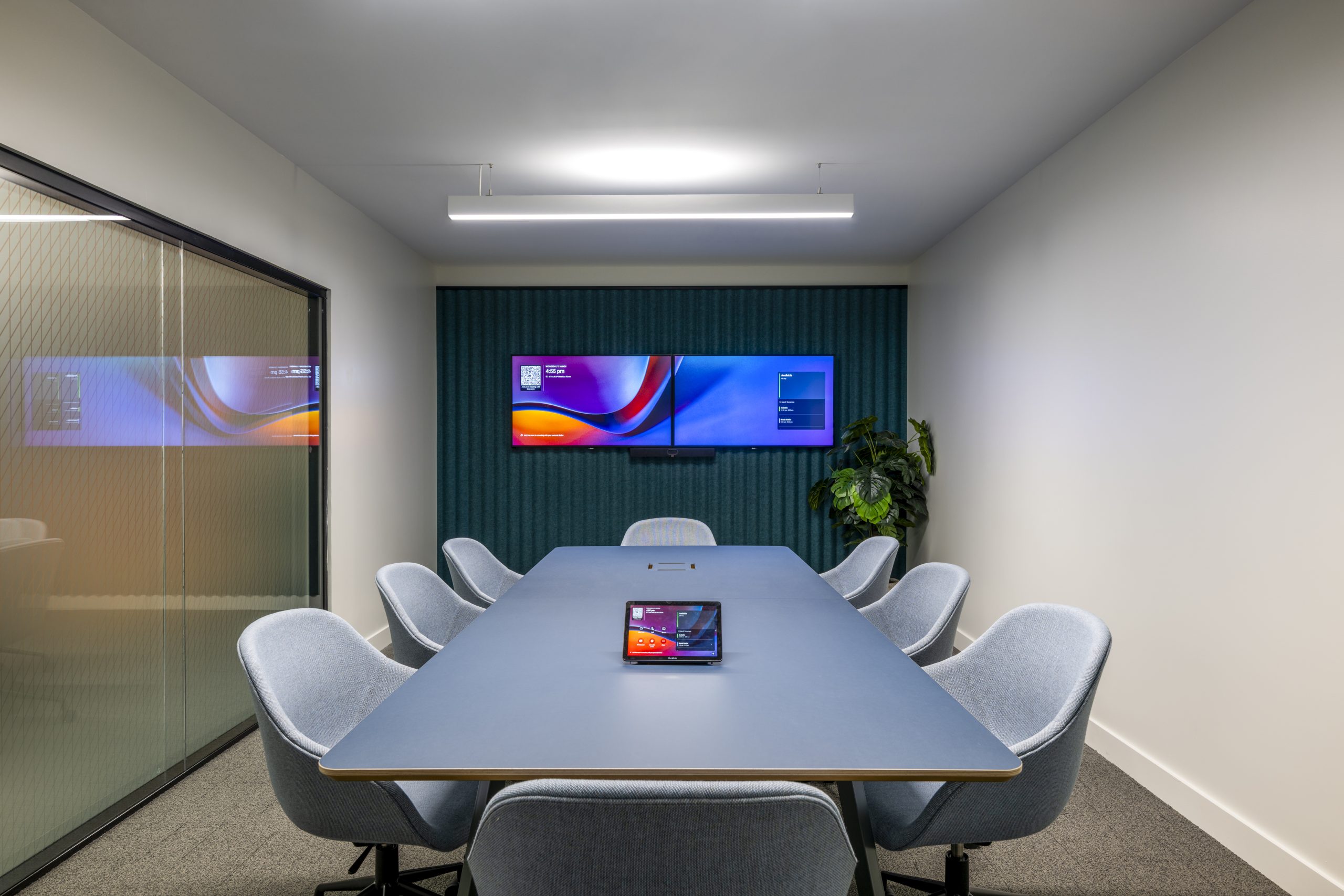
Why Workplace Experience Matters for Businesses
For businesses operating in today’s highly competitive environment, cultivating a positive workplace experience is not merely about employee satisfaction—it is a strategic imperative with direct impacts on key business metrics and overall success. A well-designed, supportive work environment acts as a powerful catalyst for performance and growth.
Firstly, a superior workplace experience significantly boosts employee productivity. By fostering focus, motivation, and efficiency through optimised layouts, better tools, and reduced friction, companies empower their people to work smarter. Research indicates that companies with highly engaged workforces, often a result of positive experiences, experience greater profitability (around 21% increase) and productivity (around 17% increase).
Secondly, it is a potent driver of employee engagement. When employees feel a sense of belonging, purpose, value, and connection within their work environment, their engagement levels increase substantially. Studies reveal that individuals enjoying positive workplace experiences exhibit significantly higher engagement levels (up to 16 times higher) compared to those with negative experiences. In any competitive market, engaged employees are more enthusiastic, aligned with company goals, and willing to exert discretionary effort, fuelling innovation and business success.
Thirdly, prioritising workplace experience is crucial for employee retention. Employees who feel supported, valued, comfortable, and connected are far more likely to remain with their company long-term. Research suggests individuals with positive employee experiences are significantly more likely (up to 8 times more likely) to stay. In a fierce job market, high retention translates into substantial cost savings on recruitment and training, while preserving invaluable institutional knowledge and skills.
Furthermore, companies known for exceptional workplace experiences gain a distinct advantage in attracting top talent. Prospective employees actively research company culture and work environments. A strong reputation for prioritising employee experience acts as a powerful magnet, enabling businesses to recruit the best and brightest individuals in a competitive landscape.
Finally, a focus on workplace experience contributes directly to improved overall business success. The combined effects of increased productivity, higher engagement, better retention, and enhanced talent attraction positively impact profitability, customer satisfaction (potentially a 10% increase in ratings), quality (potentially a 41% reduction in defects), and overall company culture. S
tudies demonstrate a direct correlation between employee well-being and a company’s financial success. Therefore, for businesses navigating a dynamic and demanding environment, investing in workplace experience is not just desirable but a fundamental driver of long-term success and a critical element in achieving a sustainable competitive edge.
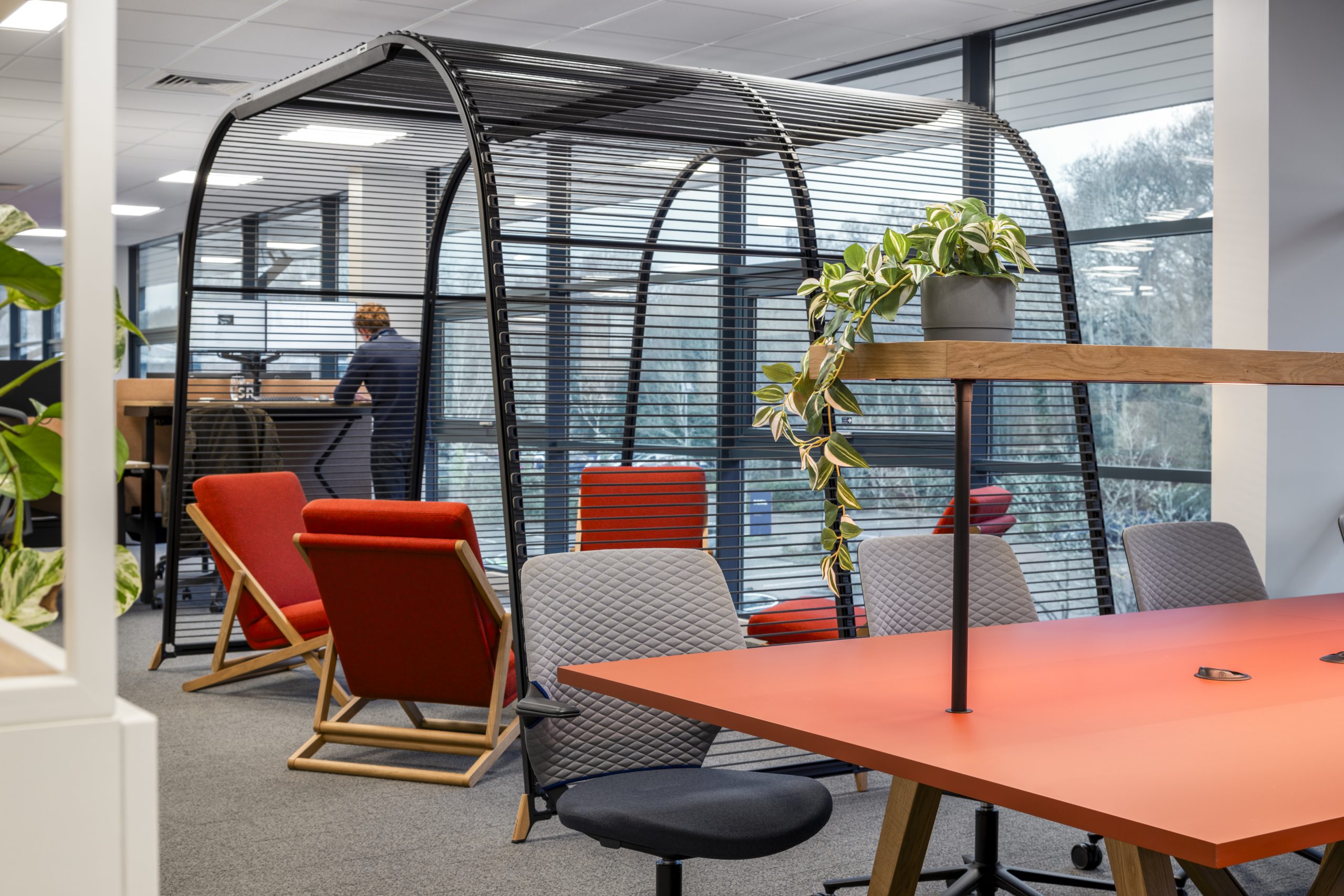
Key Trends Shaping Modern Workspaces
Workspaces are undergoing a significant transformation, driven by evolving employee expectations, flexible working models, technological advancements, and a growing emphasis on well-being and sustainability. Several key trends are shaping the modern office environment:
1. Flexible Workspaces and Hybrid Models: The traditional fixed-desk office is yielding to agile environments supporting hybrid work, where employees split time between remote and office locations. This necessitates versatile designs offering diverse settings like hot-desking areas, collaborative zones, quiet focus pods, technologically enabled meeting rooms for seamless virtual communication, and social hubs. Desk booking systems and hybrid collaboration technology are becoming essential for effective space management.
2. Biophilic Design: Incorporating natural elements into the built environment is a major trend aimed at enhancing well-being, reducing stress, and boosting creativity. This includes maximizing natural light, integrating indoor plants, living walls, using natural materials and patterns, and providing views of nature. Research consistently shows the positive impact of biophilia on employee health and satisfaction.
3. Technology Integration: Smart building technologies and AI are streamlining operations, optimising energy use, and providing space utilisation insights. Seamless wireless connectivity, intelligent booking systems, advanced AV and video conferencing tools are now standard, facilitating communication and collaboration for distributed teams. Technology is viewed as a key enabler of a positive workplace experience.
4. Focus on Employee Well-being: Companies increasingly recognise the importance of supporting holistic employee health – physical, mental, and emotional. This translates into designs incorporating dedicated wellness rooms, relaxation zones, fitness facilities, ergonomic furniture, access to natural light and fresh air, healthy food options, and spaces promoting social interaction.
5. Sustainability: Environmental consciousness is driving demand for sustainable office design. This involves using eco-friendly, low-carbon materials, energy-efficient systems (lighting, HVAC), water conservation measures, waste reduction strategies, and pursuing certifications like BREEAM. (See Section 8 for more detail).
6. Inclusive and Neurodiverse Design: There’s growing awareness of the need to cater to diverse physical and neurological needs. Inclusive design principles ensure accessibility and comfort for everyone, featuring adjustable furniture, clear pathways, sensory-friendly zones (varied lighting/acoustics), and intuitive navigation. This fosters a sense of belonging where all employees can thrive.
These trends reflect a fundamental shift towards human-centric workplaces that prioritise flexibility, choice, well-being, sustainability, and inclusivity, designed to accommodate the diverse needs of the modern workforce.
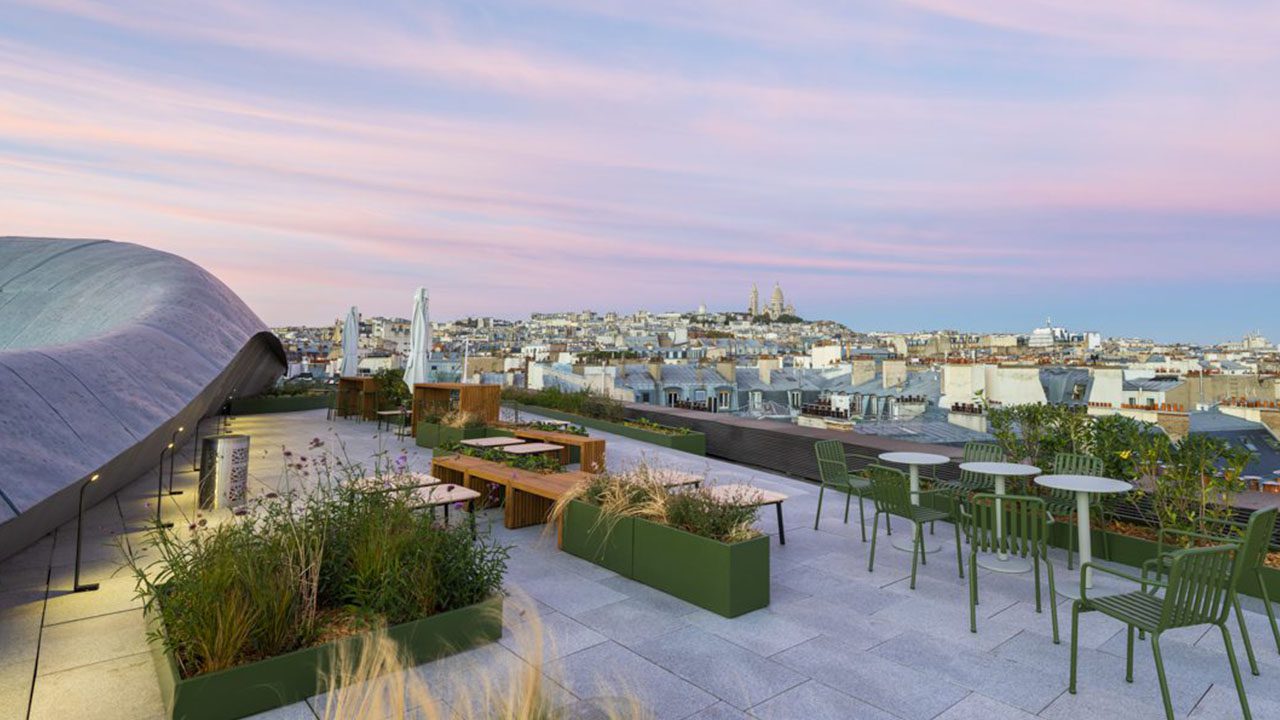
Enhancing Workplace Experience Through Office Refurbishment
Office refurbishment offers businesses a powerful opportunity to enhance the overall **workplace experience** by revitalising outdated spaces and aligning them with current employee needs and modern work practices, often without the cost and disruption of a full relocation. As businesses evolve, existing offices might no longer support a positive experience; refurbishment addresses this by strategically improving the environment.
Key ways refurbishment enhances the workplace experience include:
- Improving the Emotional & Cultural Experience: Modernising the aesthetics and aligning the space with the current brand identity creates a more contemporary environment that boosts employee pride and reinforces company culture.
- Optimising the Functional Experience: Reconfiguring layouts can improve workflow, reduce friction, and create dedicated zones suited to different tasks (collaboration, focus work), making daily activities smoother and more efficient.
- Enhancing Physical & Emotional Well-being: A refreshed workspace incorporating ergonomic furniture, better lighting (especially natural light), comfortable break areas, and improved air quality directly supports physical health and reduces stress, contributing to a more positive emotional state at work.
- Upgrading Technological & Amenity Experiences: Integrating up-to-date technology (e.g., for seamless hybrid meetings) and modern amenities enhances functional efficiency and provides conveniences that improve the daily experience.
- Integrating Sustainability into the Experience: Employing sustainable practices and materials can improve the physical environment (e.g., air quality) and align with employee values, fostering a greater sense of pride and well-being.
- Reinforcing Value and Attracting Talent: While influencing external perception, a well-designed, refurbished office signals investment in employees, enhancing their sense of value and making the company more attractive to potential talent who seek positive work experiences.
- Ensuring a Safe & Accessible Experience: Updating the space to meet current health, safety, and accessibility regulations provides the foundation for a secure, inclusive, and positive experience for all occupants.
By strategically reimagining and upgrading existing premises through refurbishment, businesses can directly cultivate a more positive, productive, and engaging workplace experience for their employees.

The Role of Office Furniture in Workplace Experience
Office furniture is a pivotal element in shaping the workplace experience, extending far beyond mere functionality. It significantly impacts employee comfort, health, well-being, productivity, and the overall aesthetic and atmosphere of the office environment. The right furniture choices can foster collaboration, support various work styles, and contribute to a positive and dynamic team environment.
Key considerations when selecting office furniture for a workspace include:
- Ergonomics and Comfort: Since employees often spend long hours at their workstations, ergonomic design is paramount. Investing in high-quality ergonomic chairs with adjustable features (lumbar support, armrests, height) and height-adjustable desks allowing sit-stand options helps prevent musculoskeletal issues, reduces discomfort, and enhances focus. Proper monitor positioning is also crucial.
- Functionality and Flexibility: Furniture must support diverse work modes. Modular systems, movable partitions, and adaptable pieces allow for easy reconfiguration of spaces to suit changing needs, facilitating both individual focused work and collaborative activities. Providing a variety of settings (desks, meeting tables, soft seating, pods) caters to different tasks and preferences.
- Aesthetics and Brand Alignment: The visual appeal of furniture significantly influences the office ambiance. Thoughtful selection of colours, materials, textures, and styles can enhance mood, stimulate creativity, reinforce brand identity, and contribute to a welcoming and professional environment.
- Space Utilisation: Furniture choices directly impact how efficiently space is used. Well-designed pieces and layouts can maximise the functionality of the available square footage, ensuring a comfortable and uncluttered workspace.
- Durability and Quality: Investing in durable, high-quality furniture is cost-effective in the long run and ensures a safe and reliable working environment.
- Sustainability: Increasingly, businesses prioritise furniture made from recycled, recyclable, or sustainably sourced materials with low environmental impact, aligning with corporate social responsibility goals.
Examples of effective furniture solutions include: ergonomic task chairs, sit-stand desks, large collaborative tables, acoustic pods or booths for private calls/focus work, comfortable lounge seating for breakout areas, modular storage solutions, and technology-integrated furniture (e.g., tables with power outlets). In today’s dynamic work environment, investing in well-designed, high-quality, and ergonomic furniture is a direct investment in the health, satisfaction, and productivity of employees, playing a crucial role in creating a positive and effective workplace experience.
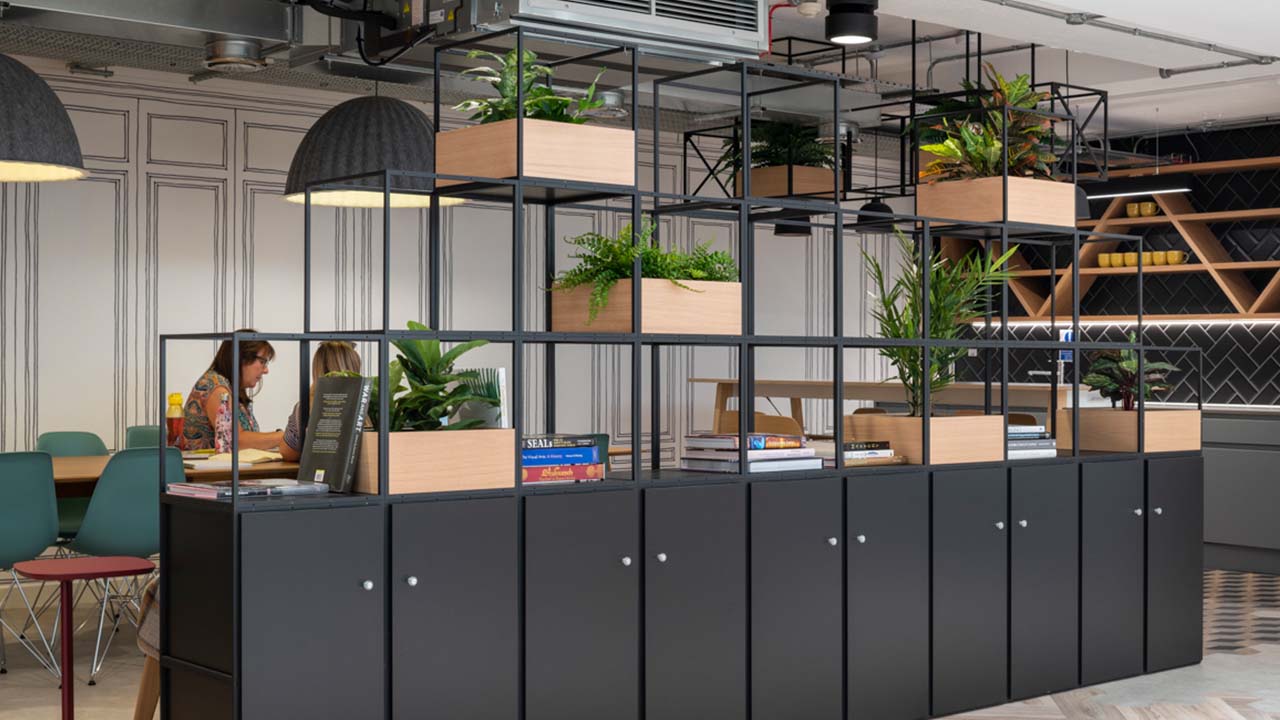
Designing for a Greener Workplace Experience
In today’s environmentally conscious market, sustainability is no longer optional but a crucial element of responsible office design and refurbishment. Embracing sustainable practices reduces environmental impact and resource consumption while offering tangible benefits like lower operational costs, enhanced corporate reputation, improved employee well-being, and attracting eco-conscious talent and clients.
A leading framework guiding sustainable building practices is BREEAM (Building Research Establishment Environmental Assessment Method). Developed by the UK’s Building Research Establishment (BRE), BREEAM is an internationally recognised method for assessing, rating, and certifying the sustainability of buildings and infrastructure projects, including office fit-outs and refurbishments. It evaluates performance across categories like:
- Energy efficiency
- Water conservation
- Health and well-being
- Pollution reduction
- Transport links
- Materials selection (low impact, responsibly sourced)
- Waste management (during construction and operation)
- Land use and ecology
- Management processes
Projects are awarded ratings such as Pass, Good, Very Good, Excellent, or Outstanding based on their performance against these benchmarks.
Integrating sustainability into office projects involves strategies such as:
- Using materials with low embodied carbon, high recycled content, and responsible sourcing certifications (e.g., FSC timber).
- Maximising natural daylight and using energy-efficient LED lighting with smart controls.
- Implementing high-performance HVAC systems and insulation.
- Installing water-efficient fixtures and appliances.
- Developing robust waste segregation and recycling programmes.
- Incorporating biophilic design elements (plants, green walls) to improve air quality and well-being.
- Choosing locations with good public transport access.
Achieving BREEAM certification for an office fit-out or refurbishment offers significant advantages:
- Reduced operational costs (energy and water savings).
- Demonstrates commitment to corporate social responsibility (CSR) and Environmental, Social, and Governance (ESG) goals.
- Supports corporate net-zero carbon targets.
- Enhances brand reputation and attractiveness to stakeholders.
- Creates a healthier and more productive environment for occupants (studies link green buildings to improved cognitive function).
- Helps meet regulatory requirements and future-proofs the asset.
For businesses, pursuing sustainability standards like BREEAM within their workplace design is a strategic investment that aligns environmental responsibility with business benefits, contributing positively to both the planet and the people using the space.
A Practical Guide to Office Fit-Outs and Refurbishments
Undertaking an office fit-out or refurbishment project is a significant investment that requires careful planning and execution. Understanding the terminology and process is key to success when seeking to improve the workplace experience.
Types of Office Fit-Outs:
- Shell and Core: The basic structure provided by the developer, including walls, floors, roof, and common areas, but leaving the interior as a blank canvas.
- Category A (Cat A): Typically provided by landlords, this fit-out builds upon the Shell and Core to create a functional, but basic, space. It usually includes raised floors, suspended ceilings, basic mechanical and electrical services (HVAC, lighting), and finished common areas like lobbies and toilets.
- Category A+ (Cat A+): An enhanced Cat A, offering a higher level of finish and potentially some basic fitted elements like meeting rooms or tea points, making it quicker for tenants to occupy.
- Category B (Cat B): This is the tenant’s fit-out, customising the Cat A space to meet their specific operational needs, brand identity, and design preferences. It includes partitioning, meeting rooms, bespoke reception areas, kitchen/breakout spaces, furniture, IT infrastructure, branding, and finishes (flooring, decoration). Learn the difference between Cat A and Cat B.
The Office Fit-Out Process (Typically Cat B):
- Define Requirements & Brief: Understand business needs, headcount projections, desired work styles, budget, and timeline.
- Appoint Professionals: Engage a reputable design and build contractor or separate consultants (designer, project manager).
- Space Planning & Design Development: Create detailed layouts (2D plans) and visualisations (3D renders) reflecting the brief. Select finishes and materials.
- Technical Design & Approvals: Develop detailed construction drawings and specifications. Obtain necessary landlord and statutory approvals (planning permission, building regulations).
- Tendering (if applicable): If not using design and build, obtain competitive quotes from contractors.
- Construction Phase: The physical build-out occurs, managed by the contractor/project manager. Regular site meetings track progress.
- Furniture Installation (FF&E): Coordinate delivery and installation of Furniture, Fixtures, and Equipment.
- Snagging & Handover: Inspect the completed work, rectify any defects (snagging), and formally accept the space.
- Move Management: Plan and execute the physical relocation of staff and equipment.
Early planning is crucial, especially considering lead times for materials and furniture (which can be lengthy).
The Office Refurbishment Process:
Refurbishment focuses on upgrading an existing occupied or unoccupied space, often following similar steps to a Cat B fit-out but within the confines of the current premises:
- Workplace Assessment & Consultation: Analyse current space usage, identify pain points, and consult with employees to define objectives.
- Concept Development & Space Planning: Design new layouts and concepts within the existing structure.
- Detailed Design & Specification: Finalise designs, materials, and finishes.
- Approvals & Procurement: Obtain necessary permissions and order materials/furniture.
- Phased Construction (if occupied): Carefully manage construction works to minimise disruption to ongoing business operations.
- Completion & Handover: Finalise works, snagging, and handover.
- Post-Occupancy Evaluation: Assess the success of the refurbishment and make any necessary adjustments.
Key Success Factors:
- Clear brief and realistic budget/timeline (understand fit-out or refurbishment costs).
- Experienced and reliable project team (designers, contractors, project managers).
- Effective communication and stakeholder engagement.
- Thorough planning and risk management.
- Compliance with regulations (health & safety, building codes, accessibility).
- Professional move management for smooth transitions.
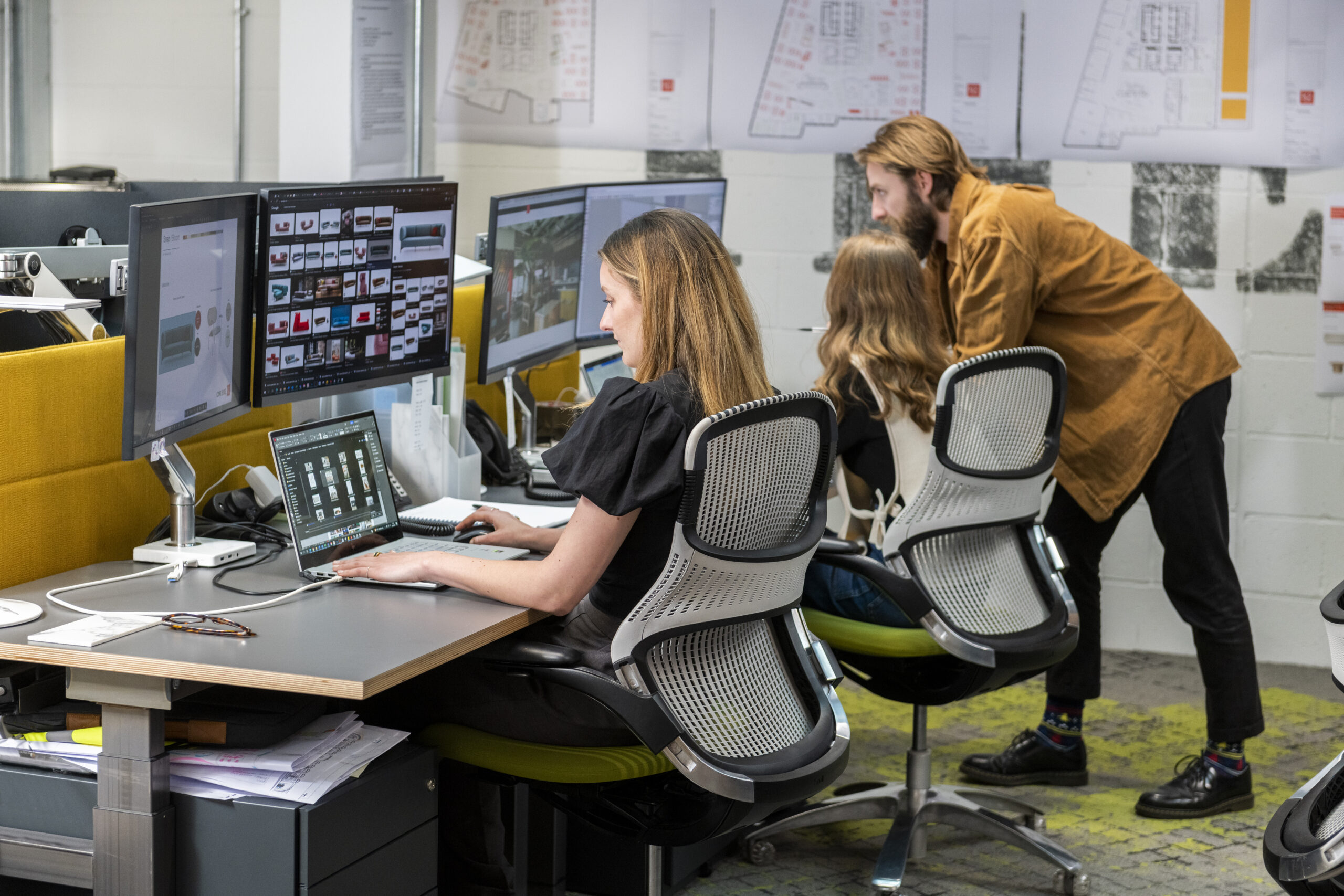
K2 Space: Your Partner in Creating Exceptional Workplace Experiences
Celebrating 20 years as leading workplace specialists, K2 Space is passionate about creating exceptional office design & build and furniture solutions that transform work environments. Our dedicated team of creative office designers, builders, and furniture experts strives to deliver outstanding service and expertise. We go beyond mere aesthetics to craft honest, intelligent, fun, and dynamic workspaces tailored to your unique needs. We guide you through every step of your office transformation journey, from initial consultation and workplace strategy through to detailed design, project management, construction, furniture procurement, and comprehensive aftercare.
If you are a business seeking to elevate your workplace experience through an office fit-out, refurbishment, or furniture procurement and installation, we invite you to get in touch with K2 Space. Let our experienced team partner with you to design and deliver a workspace that not only meets your operational needs but also inspires your people, enhances productivity, attracts talent, and drives your business success every day.
